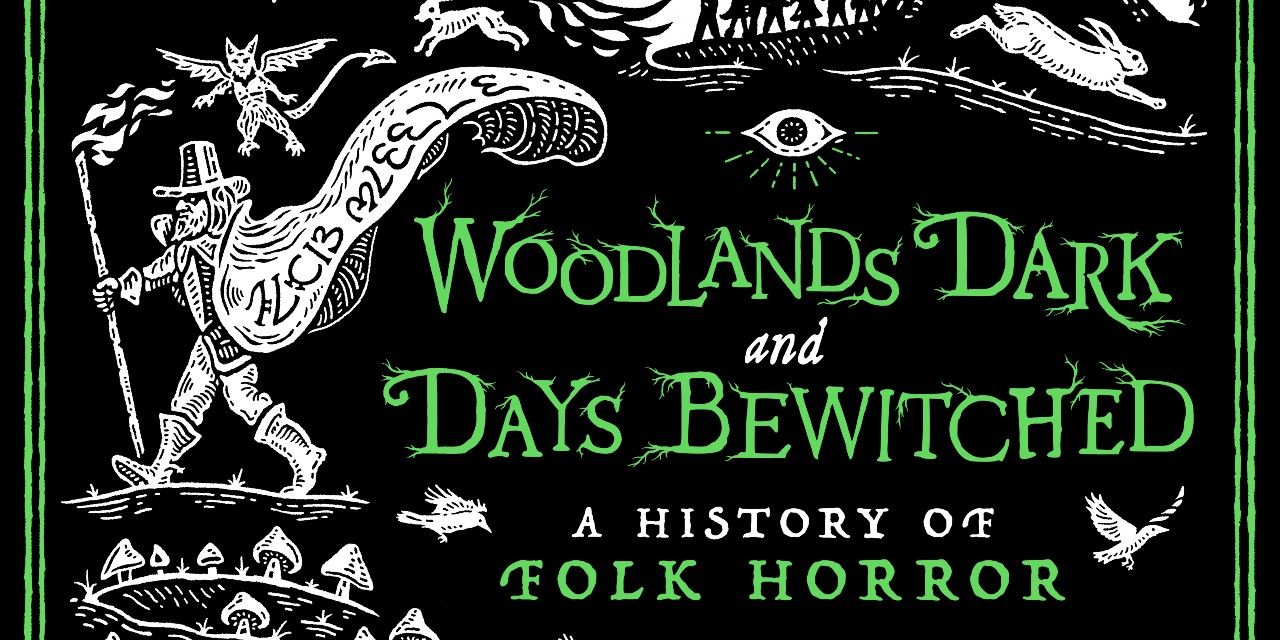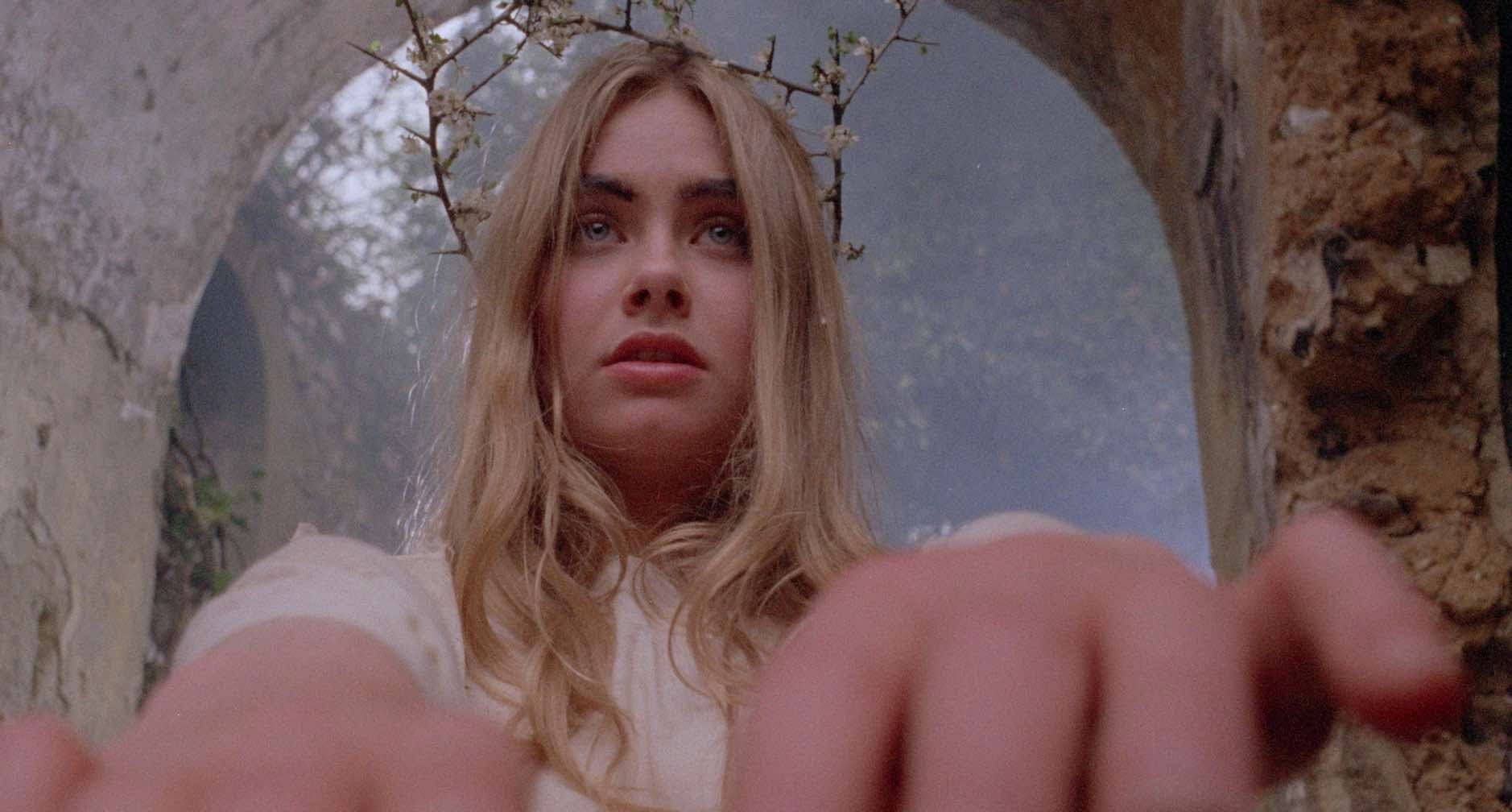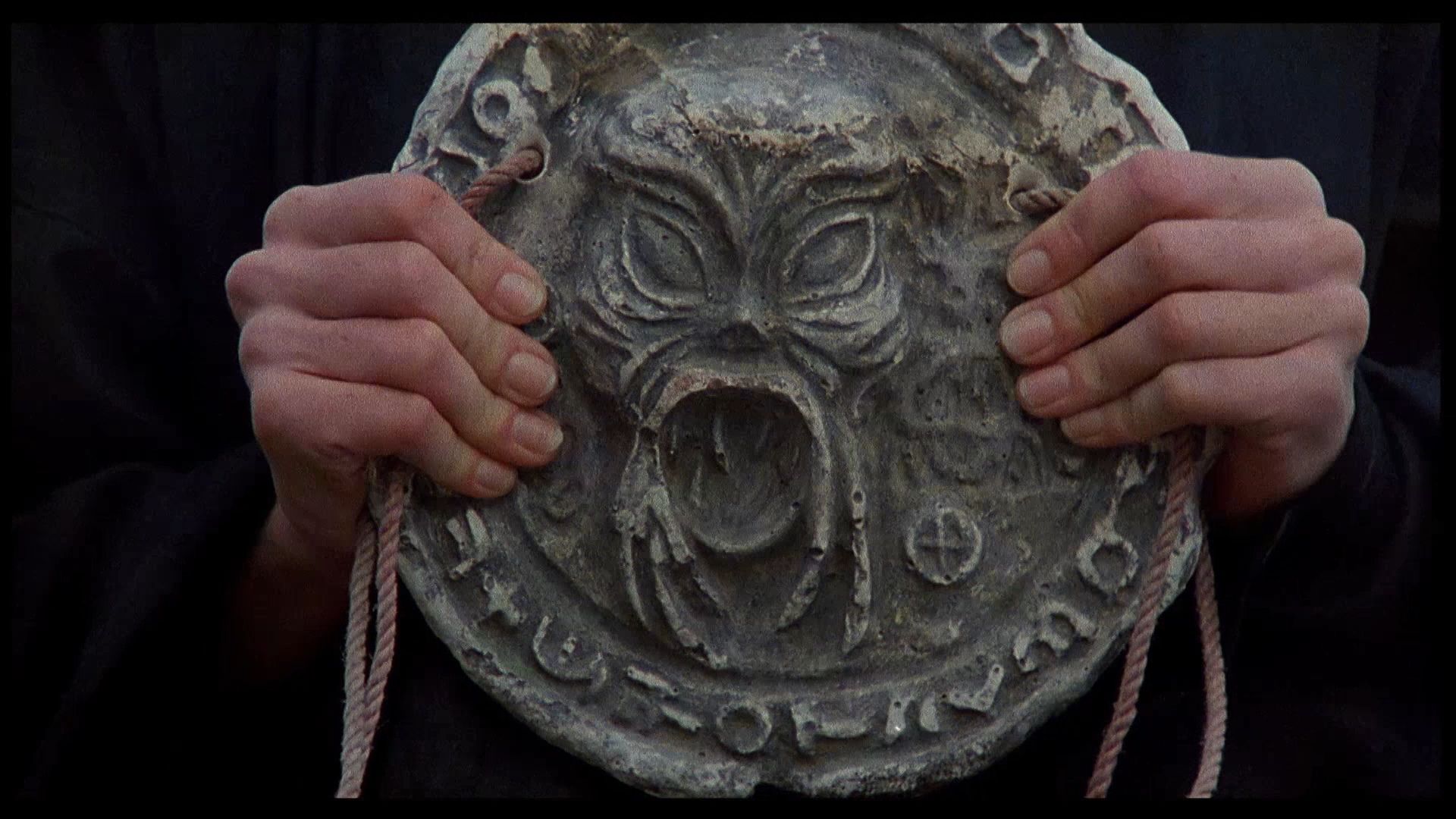Folk horror tends to be a divisive topic in the horror community. Some believe there are strict requirements for what makes a horror film fit into this category, like the need to resemble the pastoral place and people (often British and white) that embody fictional worlds, such as 1973's The Wicker Man or 1968's Witchfinder General. Others see this subset of horror as more open-ended and point to how films like 1992's Candyman --with its view on community values (albeit in a cityscape) and passed down cultural beliefs -- are folk horror.
In Woodlands Dark and Days Bewitched: A History of Folk Horror, scholar, writer and director Kier-La Janisse seeks to answer the question: what is folk horror? Comprised of clips from over 200 horror films from over 50 filmmakers and scholars, Janisse crafts an interactive roadmap of folk horror's past and plots directions for its future.
The most magical part of Bewitched: A History of Folk Horror is its pitch-perfect opening. The audience is treated to a cautionary and ethereal voiceover warning viewers of what lives in the woods, while composer Jim Williams gifts the film with a haunting cover of the nursery rhyme "Ode For Sorrow." What follows next is a slew of definitions from the 194-minute documentary's interviewees, who all state their opinion on what folk horror is. Answers range from stories about "pre-Christian beliefs" to "lights flickering in the dark woods" to "the power of ritual and the power of collective storytelling." Janisse's directorial debut is like candy for the horror-obsessed who prefer to take notes and embrace curiosity.
In terms of structure, Bewitched: A History of Folk Horror is incredibly straightforward. The film begins with how Oscar James Campbell coined the term folk horror and pivots its first act to discussing the "holy trinity" of folk horror films: Witchfinder General, Blood on Satan's Claw and The Wicker Man. From then on, the documentary travels in film history sequentially.
However, it's worth noting that more than half of the documentary focuses on Westernized views of folk horror. Despite the ambitious promise that Bewitched: A History of Folk Horror aimed to cover American, Asian, Australian and European folk horror, it mostly examines British folk horror and explores how early European immigrants crafted American folk horror -- with special and loving attention spent to Appalachian settler cultures.
While Janisse does cover films like 2003's Love From Mother Only, a Brazilian folk horror film, and 1999's Nang Nak from Thailand, it can be hard to not wonder how limiting a choice it was to make the holy trinity of folk horror the film's starting place. If every culture has had to examine the cost of industrialization and globalization, or what the documentary often refers to as "the loss of the old ways," it's sometimes hard to not hit pause mid-viewing to wonder what is happening to other cultures? How are these old ways and forgotten cultures -- especially Indigenous ones -- expressing these same qualms on film or other media of the time? Sadly, these questions don't gain enough screen time to be explored in depth.
By the end of the film, Janisse never lands on one definition for what folk horror is and instead spotlights aspects of the genre from each guest's answer. Janisse's choice to stitch the film together this way works well as its structure becomes folk horror: a collection of voices spanning the past and present and looking to pass this knowledge on to future generations. Overall, Woodlands Dark and Days Bewitched is an incredibly enchanting piece of documentary film and it's one that diehard horror films will likely be referencing for years.
Enter the magical and haunting world of Woodlands Dark and Days Bewitched: A History of Folk Horror on Shudder.



